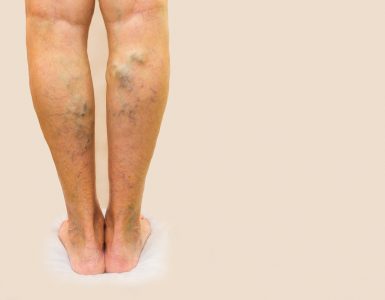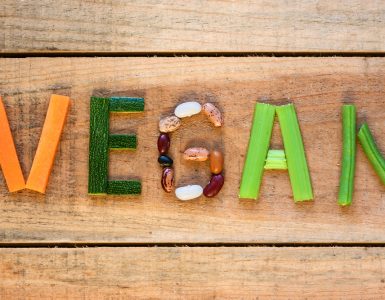(sambucus nigra)
Botanical family: Adoxaceae
Parts used: Flowers and berries
Main active constituents: Quercetin, isoquercitrin, anthocyanins, chlorogenic acids, triterpenoids
Actions: Anti-inflammatory, anti-viral
Good for: Colds, flu, sinusitis, constipation, immunity, hayfever
Available forms: Dried flowers, in tea bags, tinctures, pills, capsules
Elderflower comes from the potentially toxic Elder plant (Sambucus), and has white or cream coloured flowers. Later on in the year the elder produces black-purple berries. The varying species of the elder plant can be found all over the world but the elderflower is most commonly found in the Northern Hemsiphere, particularly North America.
They come into flower in late spring. There are various species of elder, the most commonly known being black elderberry, often used medicinally. In ancient folklore, the elder tree was also supposed to ward off evil spirits.
History of Elderflower
Elder flowers and berries have long been used in folk medicine as healing remedies particularly for respiratory health. Elder is also used in Chinese medicine, for treating joint pain and inflammation, when dissolved in wine.
Current uses of Elderflower
COLD AND FLU
Elderflower as an anti-inflammatory effect so it’s especially useful for respiratory infections. It encourages perspiration, therefore helping the body’s natural immune response to work more effectively. The anti-inflammatory effect may also be beneficial to inflamed sinuses
HAY FEVER
The quercetin in elderflower is a natural antihistamine, therefore it may help to alleviate hay fever.
CONSTIPATION
The elder flowers and berries have a mildly laxative effect.
IMMUNITY
As with other elder plants, the elderflower has positive effects on the immune system. This may be due, in part, to the vitamin C and beta-carotene content of the berries.
How to take Elderflower
Elderflower is probably best known and enjoyed as a cordial. You can use 20 fresh elderflower heads, together with 2 ½ kg of sugar, 2 lemons and 85 g of citric acid (available from the chemist). Dissolve and boil the sugar with 1.5 litres of water. Slice the lemons thinly, wash the elder flowers. Add the flowers, citric acid, lemon peel and slices and leave to infuse for 24 hours. The day after, sieve the juice and it can diluted in still or sparkling water.An elderflower tea can be easily made by pouring boiling water over a few flowers and allowing them to infuse for about 10 minutes.








